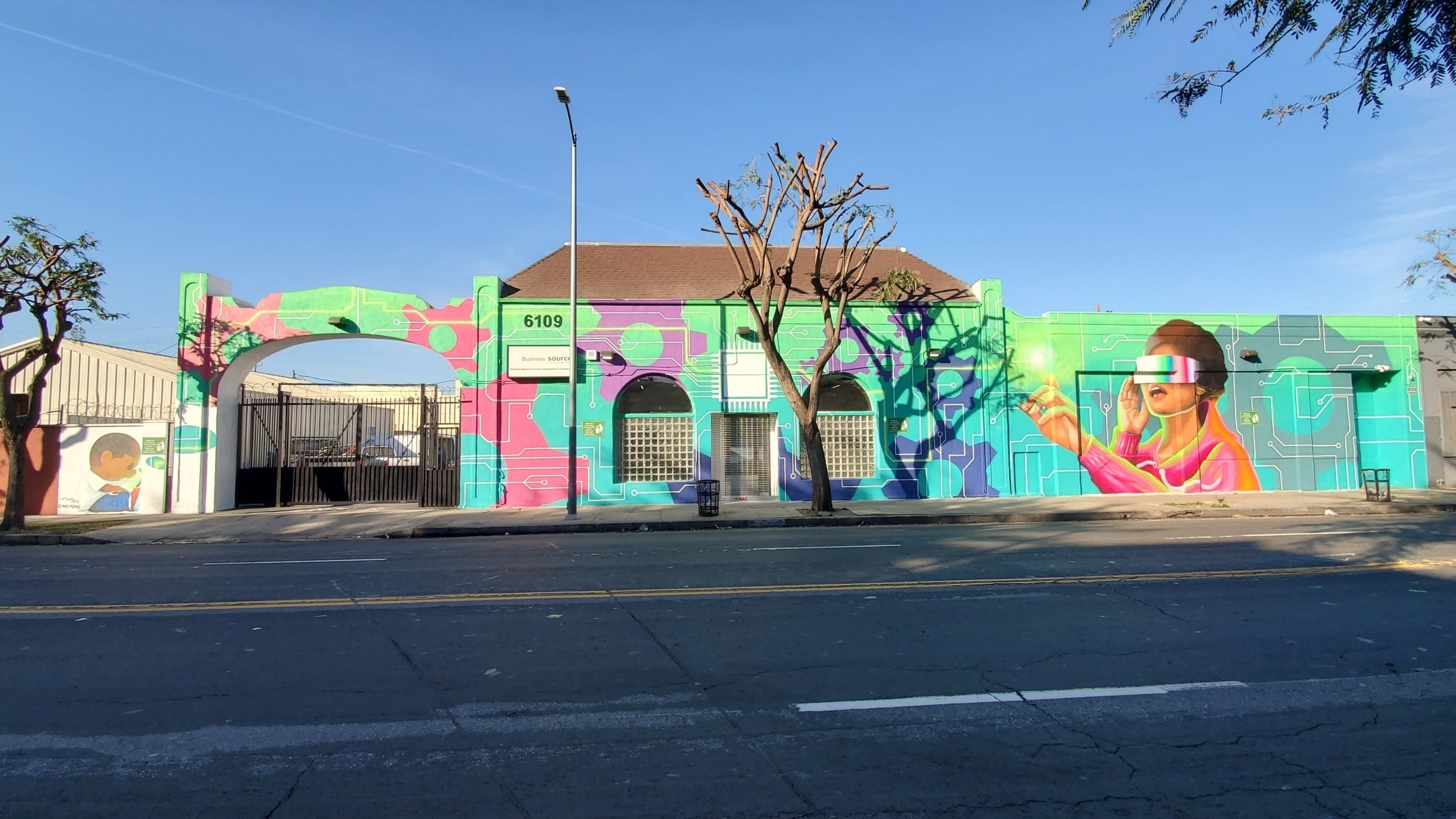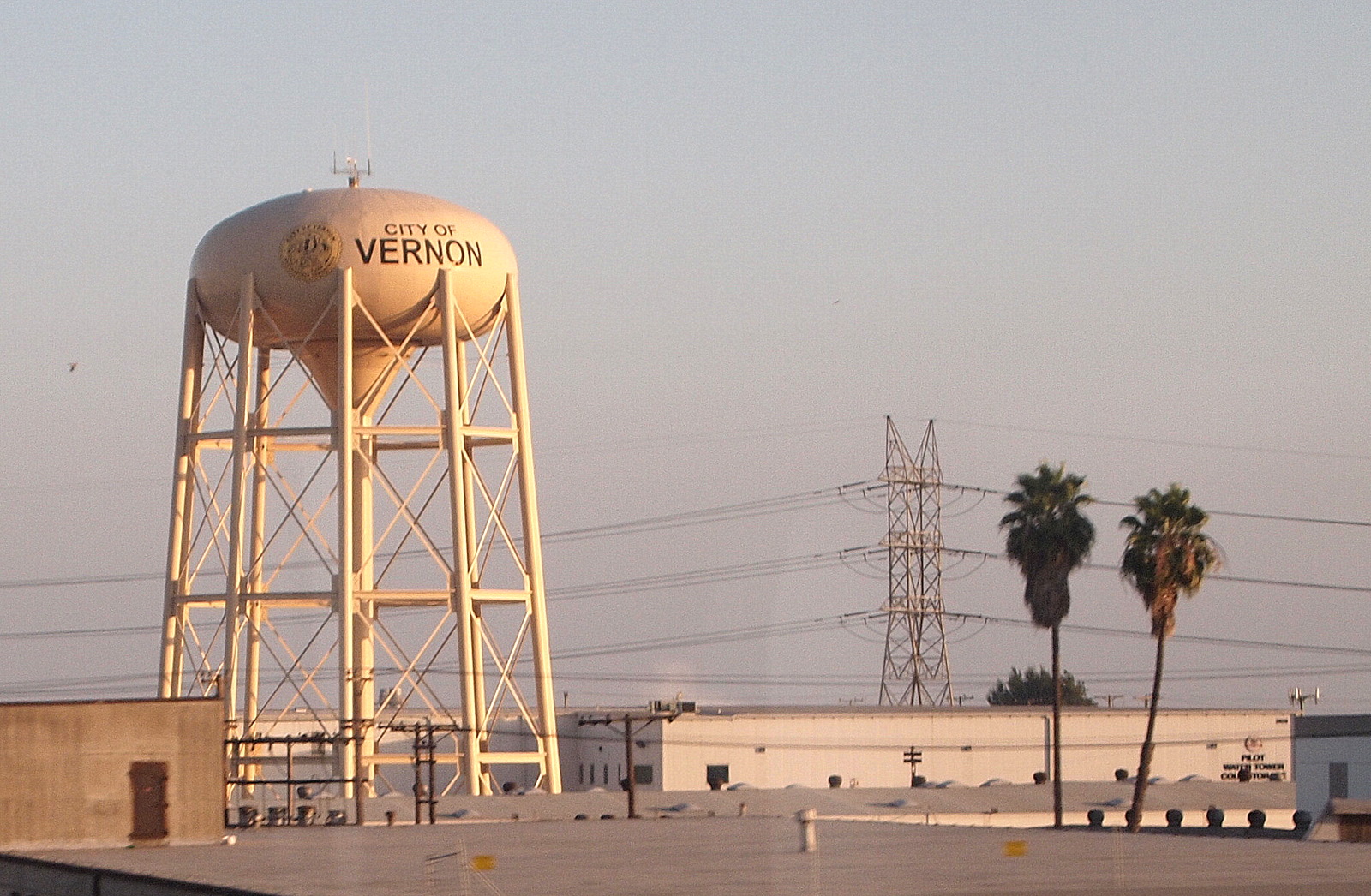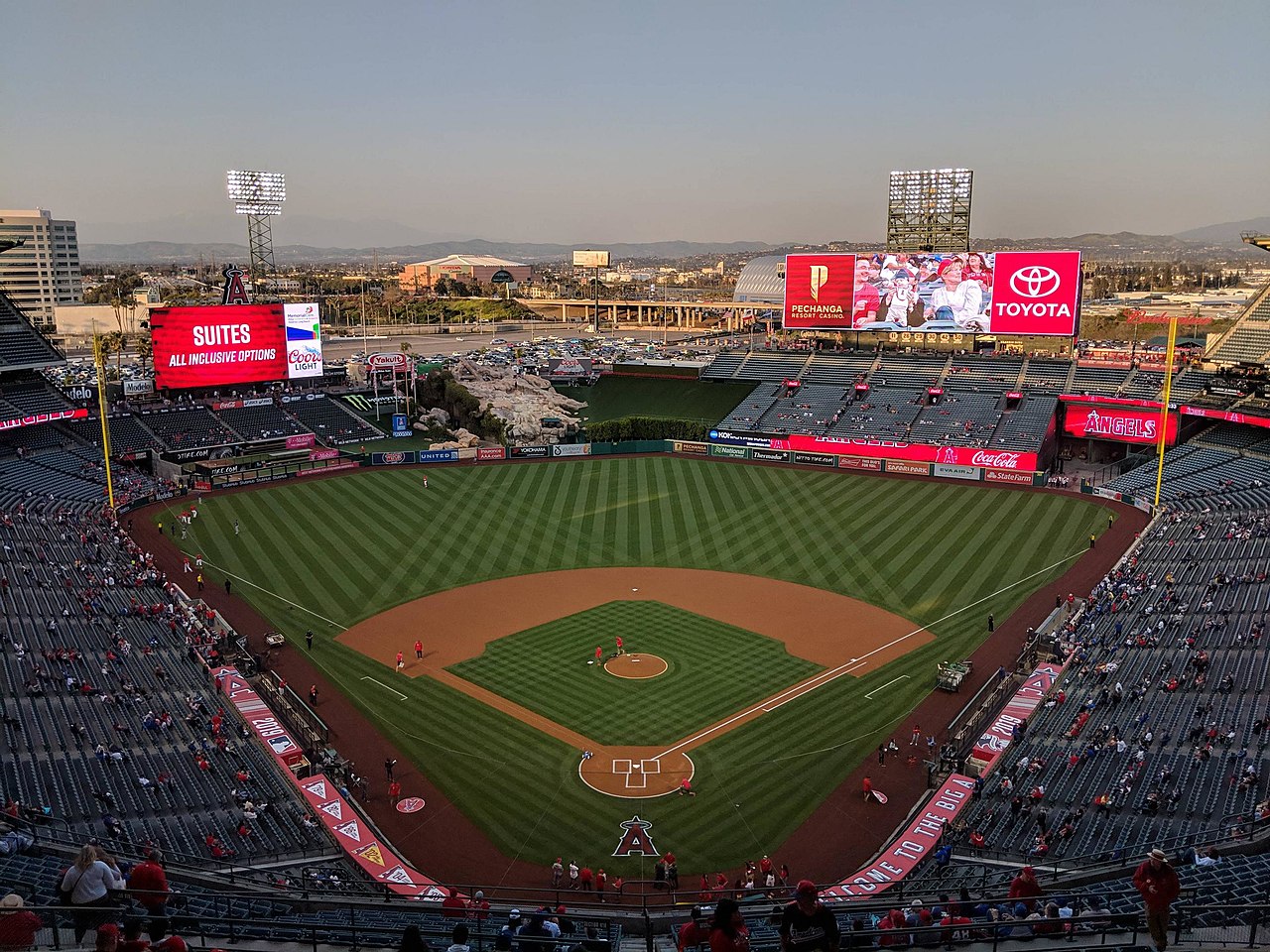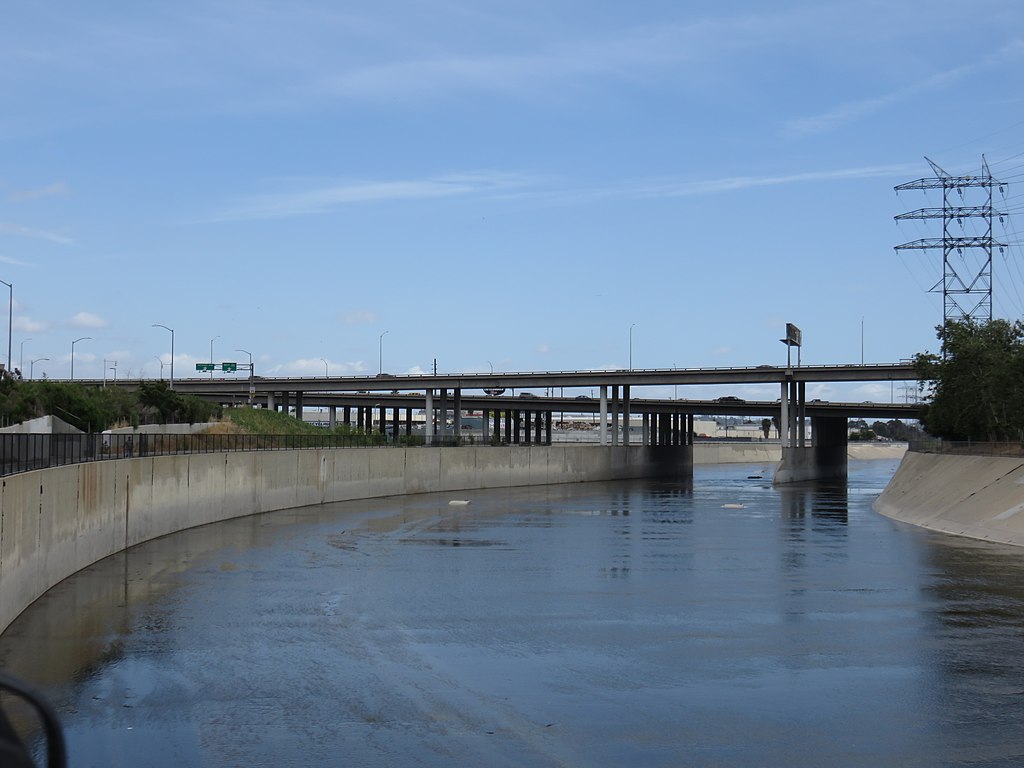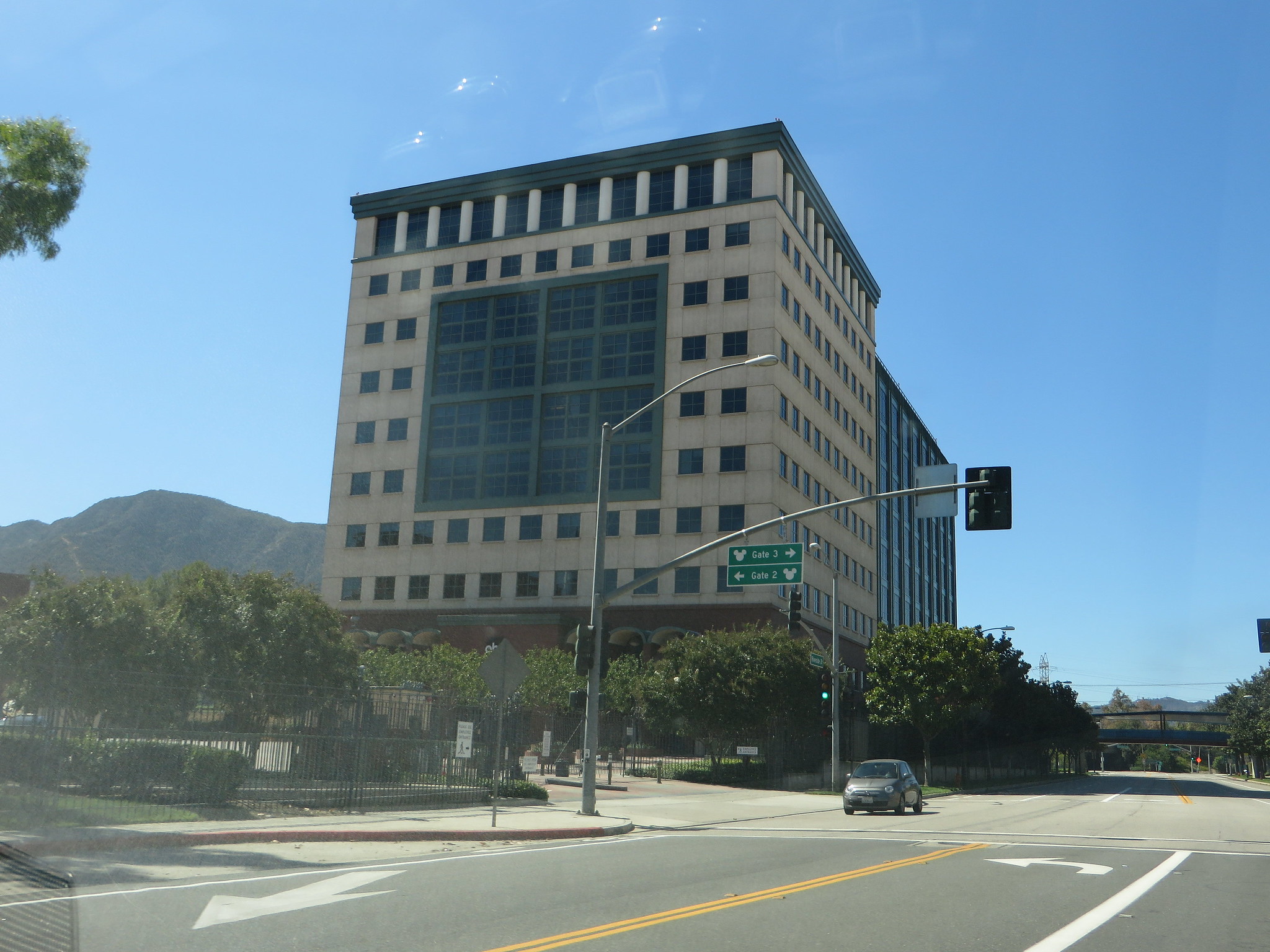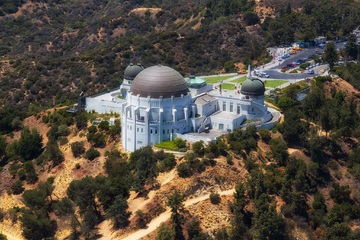By Margaret Shuttleworth
The City Council voted unanimously Tuesday to submit a proposal to the U.S. Department of Energy to have the Los Angeles area be considered for a regional “Green Hydrogen Hub” to power hard-to-electrify industries, particularly port operations, with renewable energy.
The motion, which was introduced by Council President Nury Martinez and Councilman Mitch O’Farrell, comes after the federal Bipartisan Infrastructure Bill, passed last year, included $8 billion for several regional Hydrogen Hubs across the country that will be overseen by the U.S. Department of Energy.
“Based on the existing infrastructure, our vast renewable energy portfolio, our skilled labor force, our renowned university system, essential transportation corridors, the largest municipally owned utility in the nation and the busiest container port in North America, the greater Los Angeles Metropolitan Area is well-suited to be a leader in this effort,” states the motion, which previously advanced from the City Council’s Energy, Climate Change, Environmental Justice, and River Committee.
Los Angeles is working to transition to a 100% renewable energy grid by 2035. The motion notes that hydrogen energy could further the Port of Los Angeles’ goals of using 100% zero-emission technology in its operations.
“Green hydrogen distribution in and around the port complex could accelerate industry adoption of clean equipment and limit air pollution emissions,” the motion says.
The motion instructed the Los Angeles Department of Water and Power and the Port of Los Angeles to coordinate the local effort to create and submit a proposal to the Department of Energy for the Greater Los Angeles Metropolitan area to be considered for a regional Green Hydrogen Hub to power hard-to- electrify industries through the electrolysis of renewable energy.
Councilwoman Nithya Raman on Tuesday amended the motion to create a requirement to show that any potential project will improve air quality compared to fossil fuel use and to include measures to prevent hydrogen leaks.
On May 5, the committee, which O’Farrell chairs, spoke to representatives from the port, DWP, the National Renewable Energy Laboratory and the University of California about the potential hub and how it fits in the city’s goal to get to 100% renewable energy.
“We know from the LA100 study how important that last mile is in terms of ensuring that we have reliable and resilient power. Green hydrogen can play a really significant role with that,” said DWP Director of Resource Planning, Development and Programs Jason Rondou.
Rondou added that he believes area is well positioned to seek federal funds for a hydrogen hub, noting the city includes the Port of Los Angeles and Los Angeles International Airport.
“We fit a lot of what the DOE is looking for. One of the hubs has to be based on renewable energy, and that is our focus, 100% green hydrogen only. That’s all we’re looking to do,” added DWP’s Assistant General Manager Paul Habib.
However, environmental protection activists with Food & Water Watch Los Angeles announced their opposition to the motion shortly after it was introduced in March, calling hydrogen “a smokescreen for fossil fuel development in the guise of clean energy.”
The group contends that hydrogen creates opportunities for fossil fuels and fossil fuel infrastructure, and that hydrogen produced by electrolysis is extremely water-intensive. The process requires 9 kilograms of water for every 1 kilogram of hydrogen produced, and the Los Angeles area is in the midst of a mega-drought that a recent UCLA study found to be the worst in 1,200 years.
Adam Frankel, who said he was speaking on behalf of Communities for a Better Environment, spoke in opposition during Tuesday’s council meeting.
“This (motion) came about without any consultation with our community members in Wilmington and other frontline environmental justice communities surrounding the port,” Frankel said. “…The proposal as it currently stands does not include adequate public health safeguards, particularly given the risk of increased NOx emissions. The project would provide an unnecessary lifeline to extend the fossil fuel industry’s influence in Los Angeles and delay a just transition to a fully electric power system.”
While the council members’ motion calls for its potential hub to produce “green hydrogen,” which is created using electrolysis of water, another type of hydrogen, called “blue hydrogen,” is produced through natural gas in a process that emits methane and carbon dioxide.
While green hydrogen does produce NOx if used in a combustion process, it only emits water if consumed in a fuel cell.
Speaking to council members before the vote Tuesday, O’Farrell responded to those concerns, saying “this motion is about generating hydrogen through renewable and noncombustible methods … let me be very clear that nothing in this motion is about the combustion of hydrogen for the generation of power.”
The motion also aims to address concerns about the water-intensive process by exploring the use of advanced treated water, some of which is currently being dumped in the ocean, from the Bureau of Sanitation’s Advanced Water Purification Facility at the Terminal Island Water Reclamation Plant to supply water for the projects if the city’s application is successful.
Rondou told council members Tuesday that “there are significant opportunities with respect to recycled water,” but water concerns would have to be considered in the potential hub’s design.
According to O’Farrell’s office, it worked with several environmental and environmental justice organizations on the motion, including the Sierra Club.
“Green hydrogen could play a critical role to help cut pollution from hard-to-electrify industries like long-haul trucking, shipping and aviation. However, the promise of hydrogen to address our climate needs will only be possible if it is 100% green — coming from electrolysis using renewable energy — and not blended with fossil gas or biofuels,” Monica Embrey, senior associate director of energy campaigns for the Sierra Club, told City News Service in March.
“Unfortunately, hydrogen has been heavily green-washed by the gas industry as an excuse to extend fossil fuels and to subsidize polluting biofuels. There are a lot of ways to produce and use hydrogen that pollute heavily and keep us stuck on fossil fuels, so we’re paying close attention to this application. We look forward to being a part of the dialogue with other stakeholders, including the LADWP, environmental justice organizations and labor partners.”
The motion also aimed to address concerns of community members by including a clause to have the city work with researchers, including at the University of California, to evaluate the use of green hydrogen to ensure that a potential green hydrogen hub in Los Angeles doesn’t have adverse impacts on the environment or frontline communities. Another measure to address concerns is having the Bureau of Sanitation, the DWP and the Port of Los Angeles report on monitoring nitrogen oxide and other emissions if the application is successful.
The motion also instructs DWP and the Port of Los Angeles to collaborate with the Climate Emergency Mobilization Office as an effort to avoid impact on frontline communities if a federal grant application is successful.


